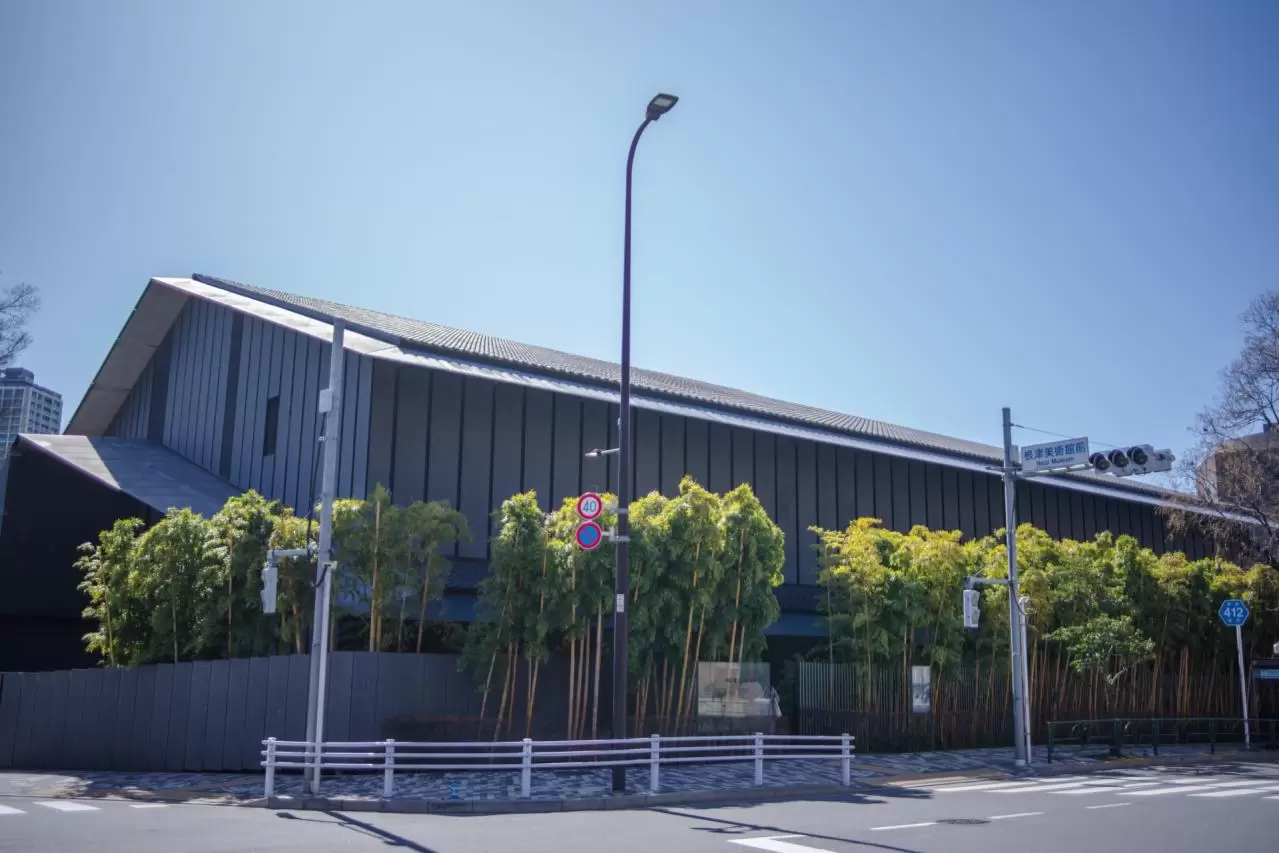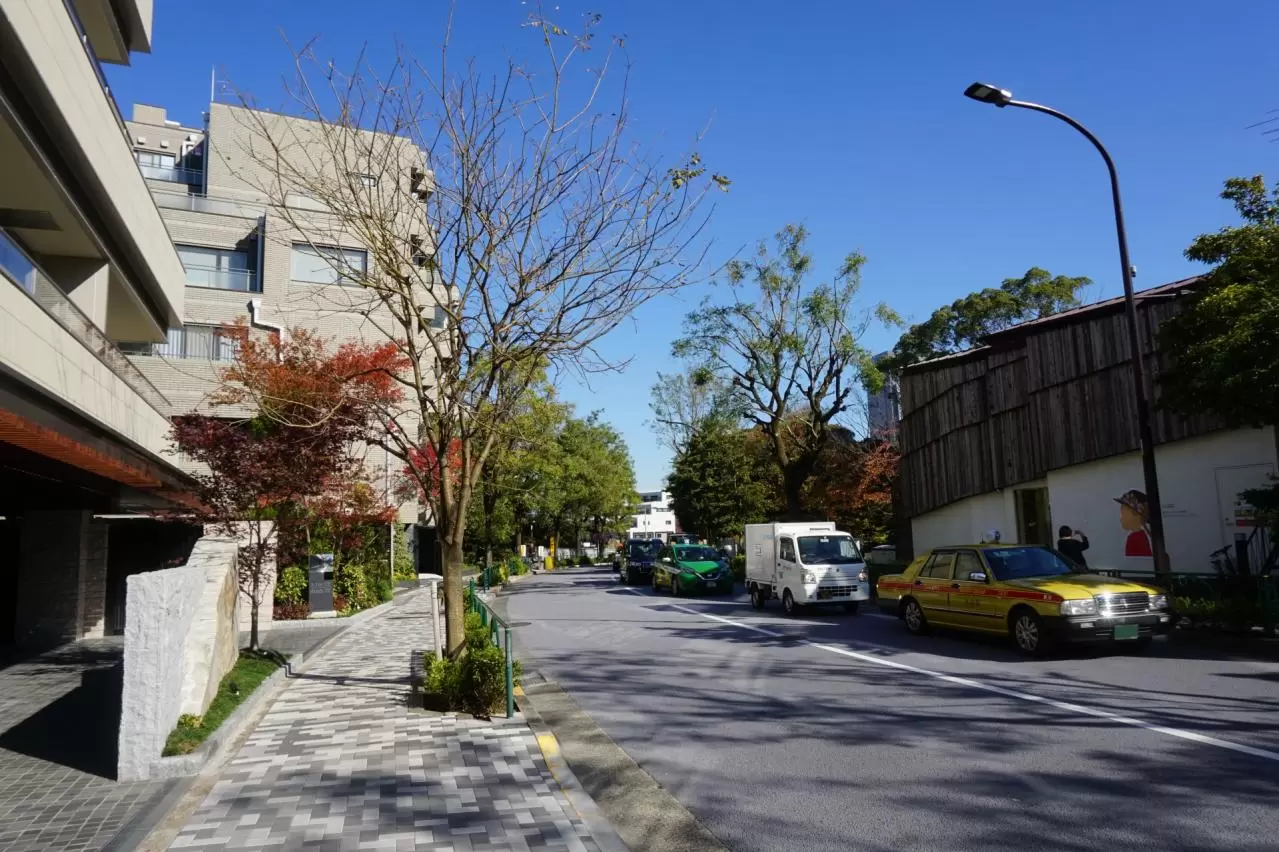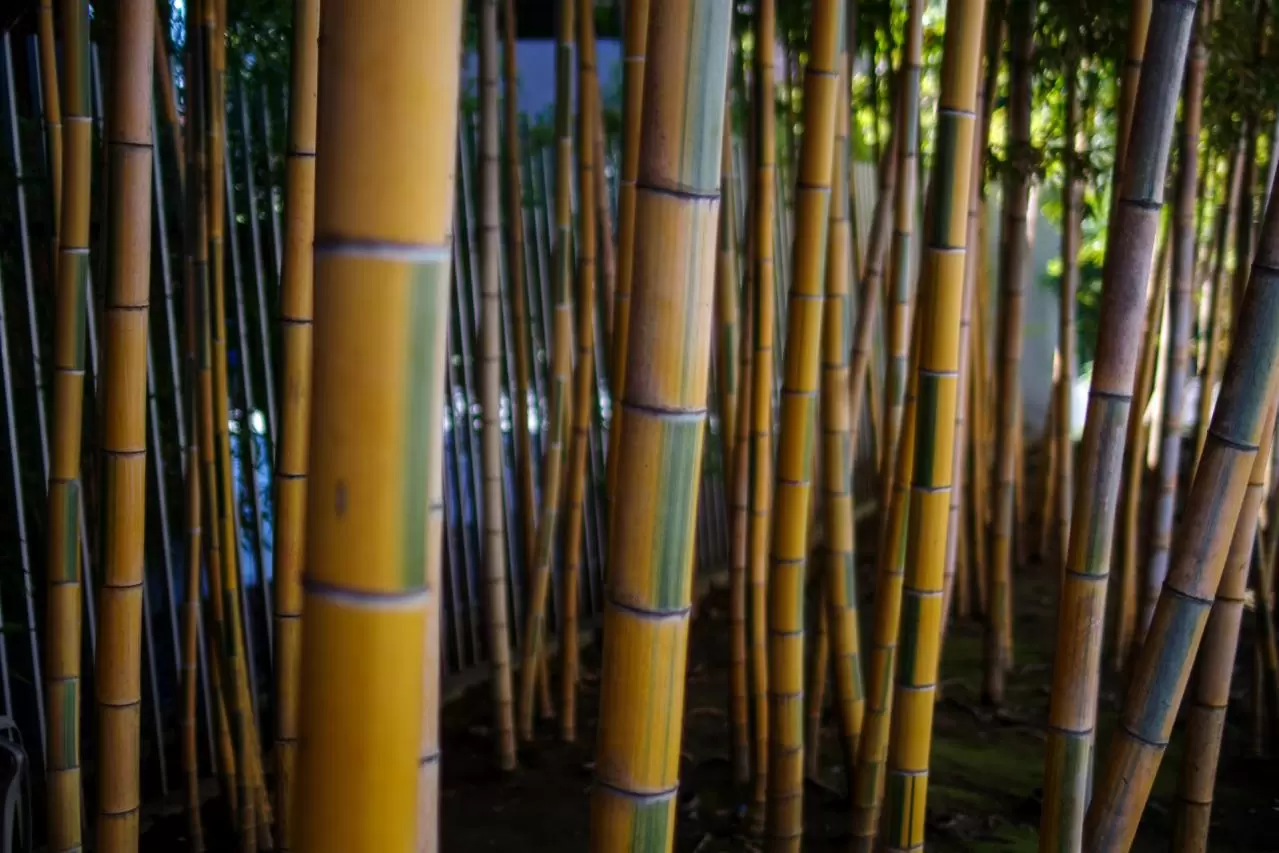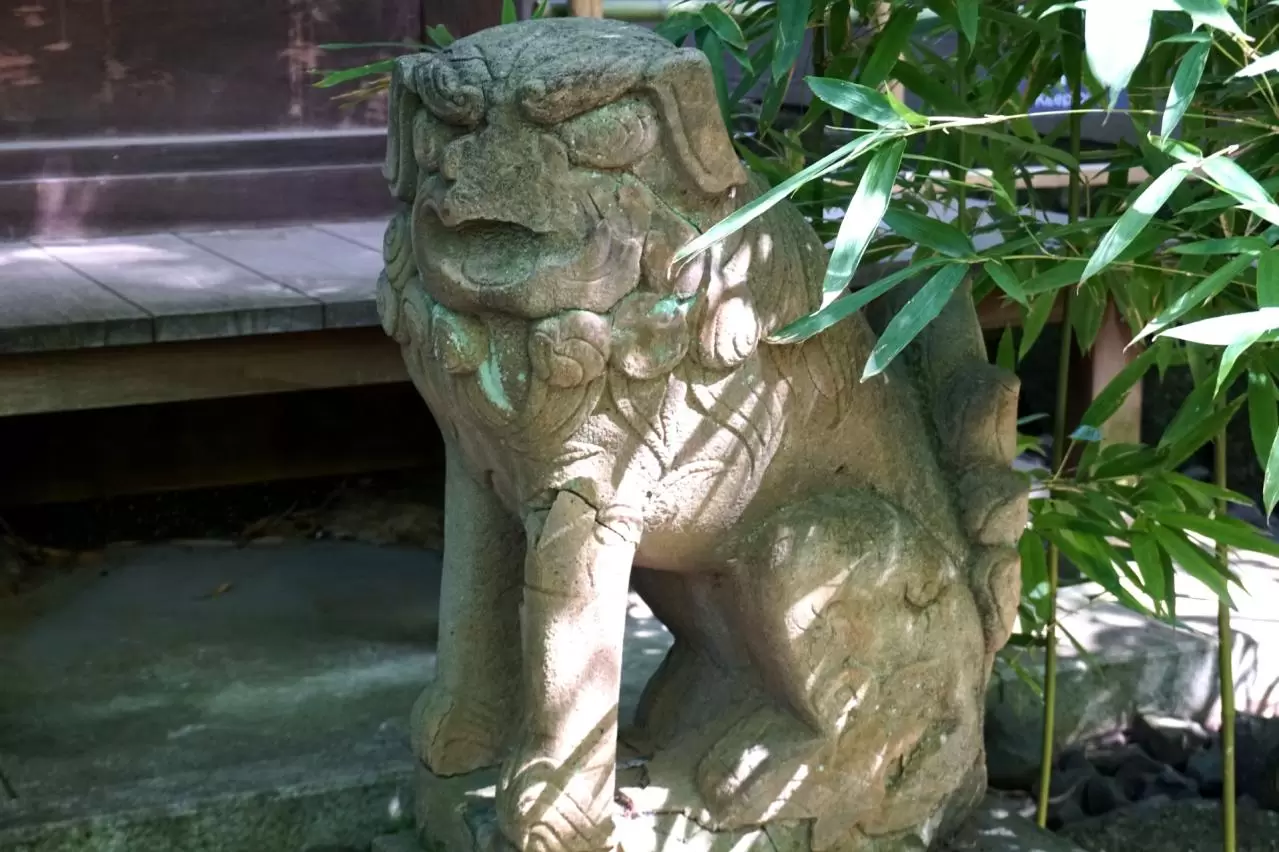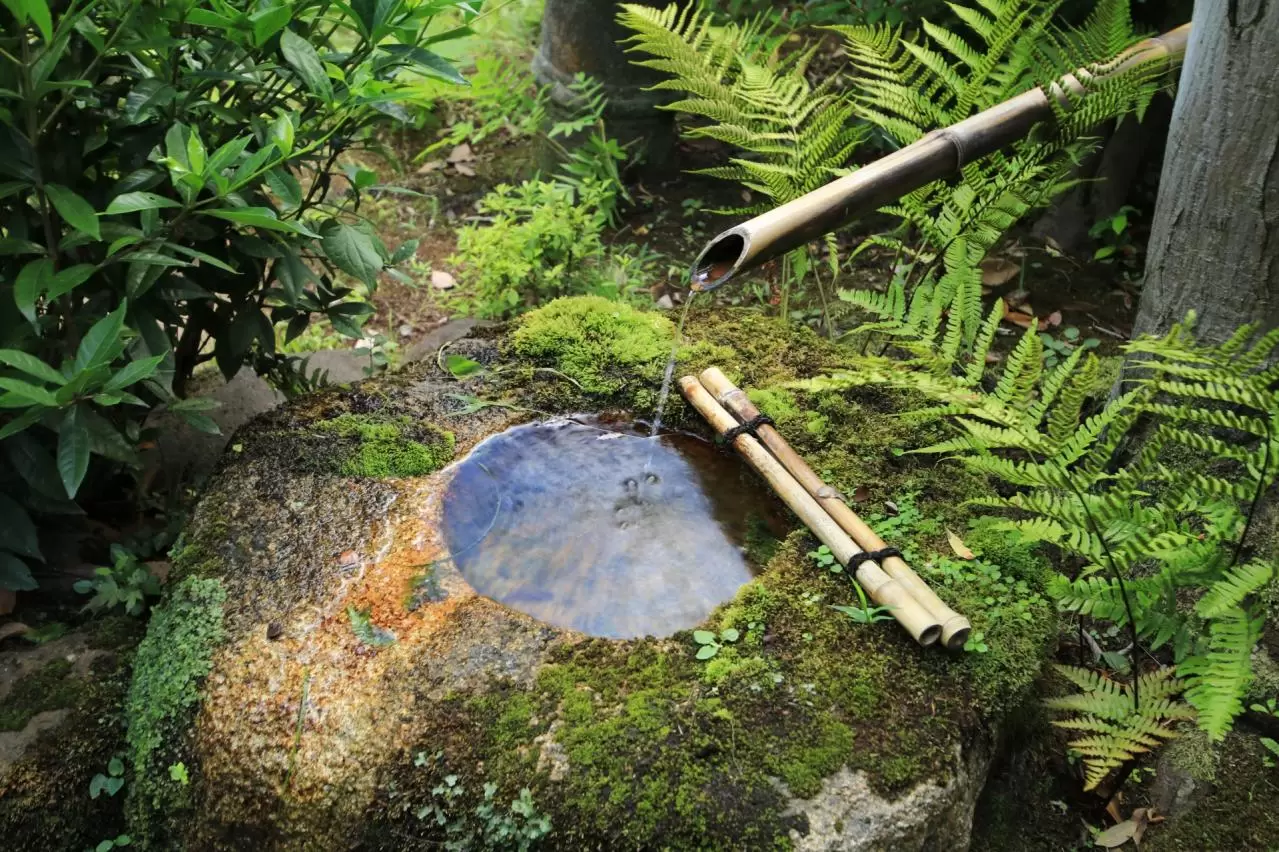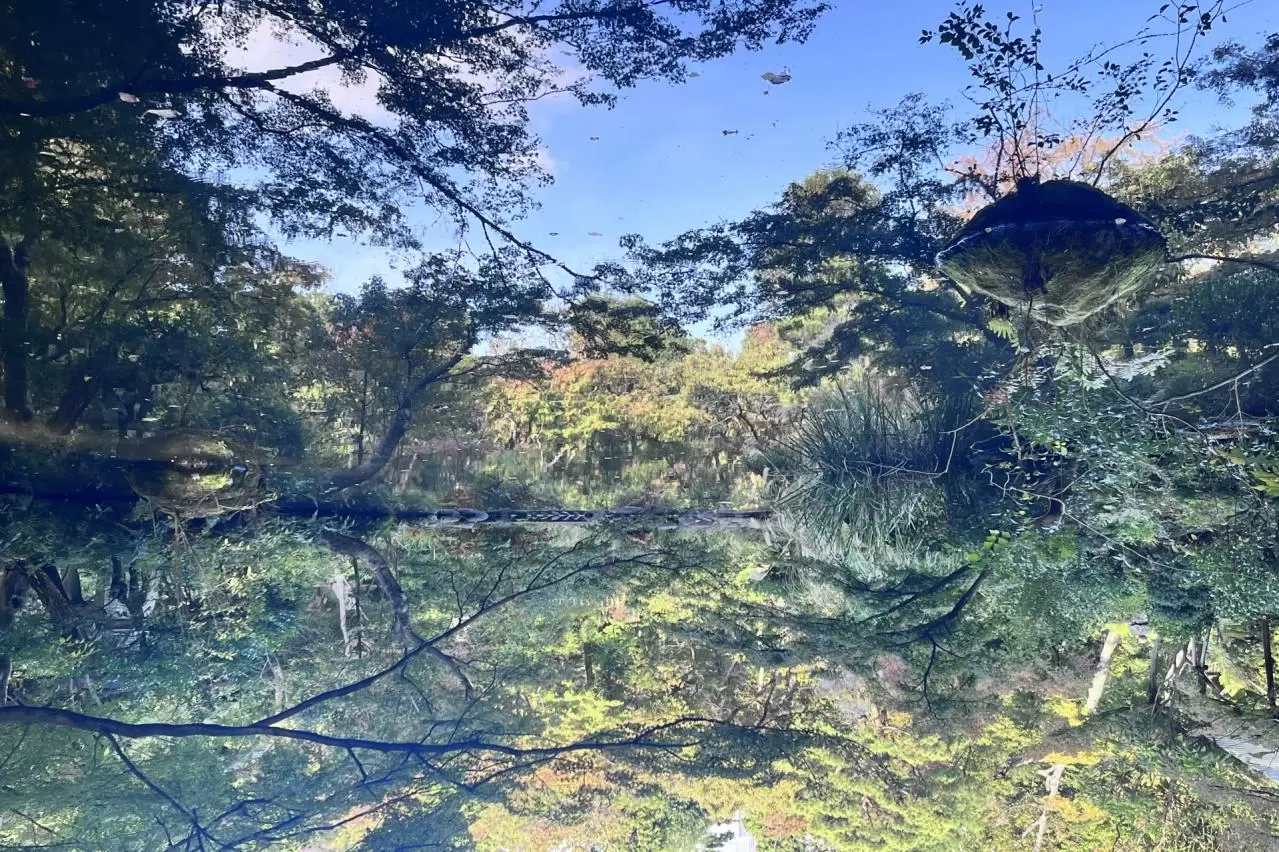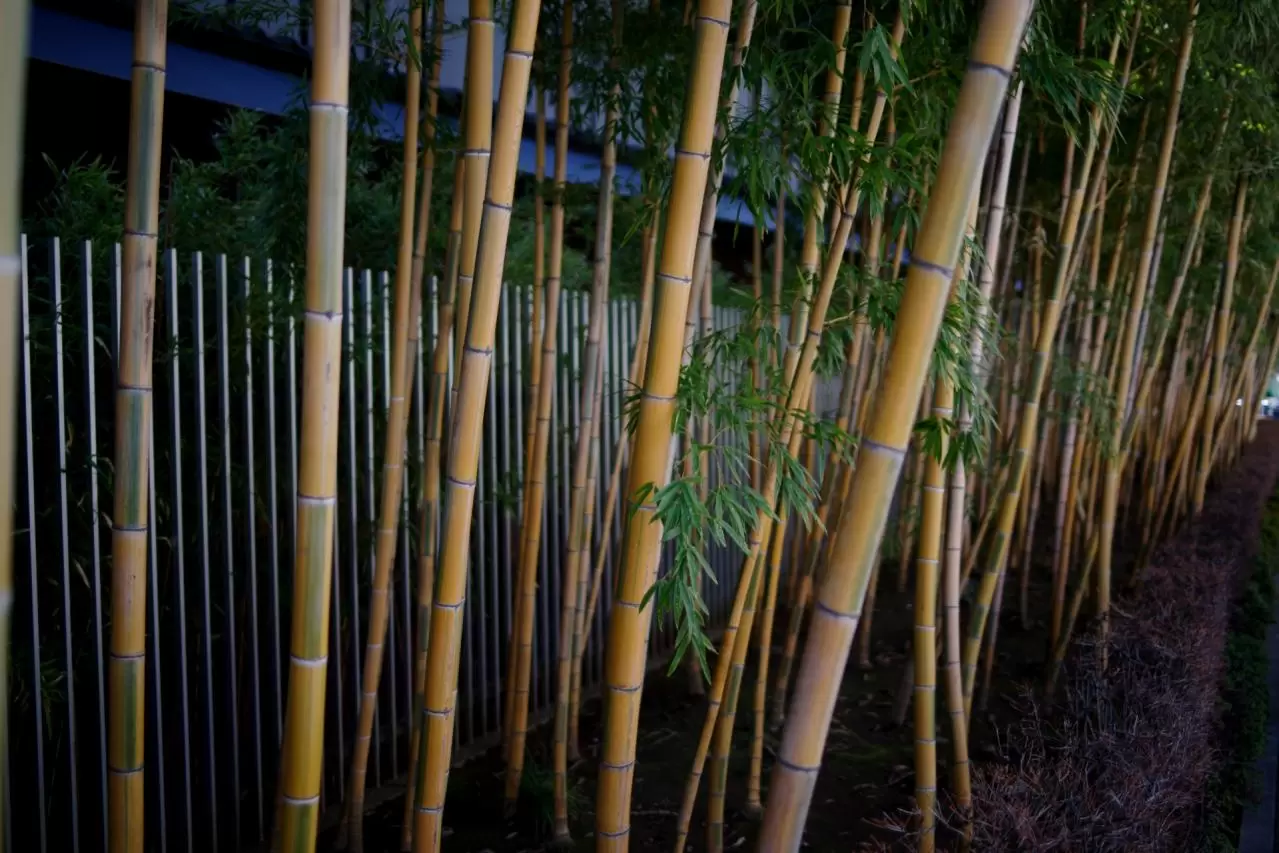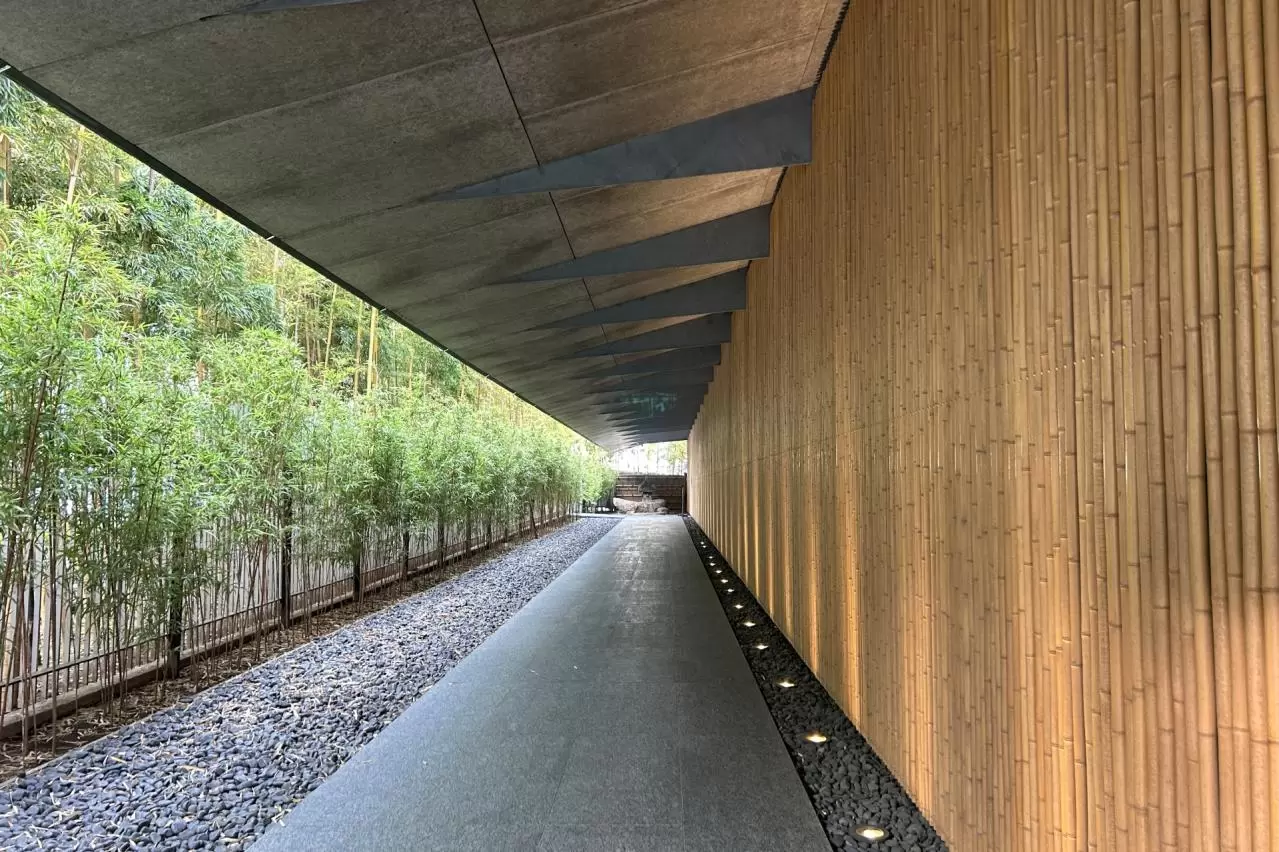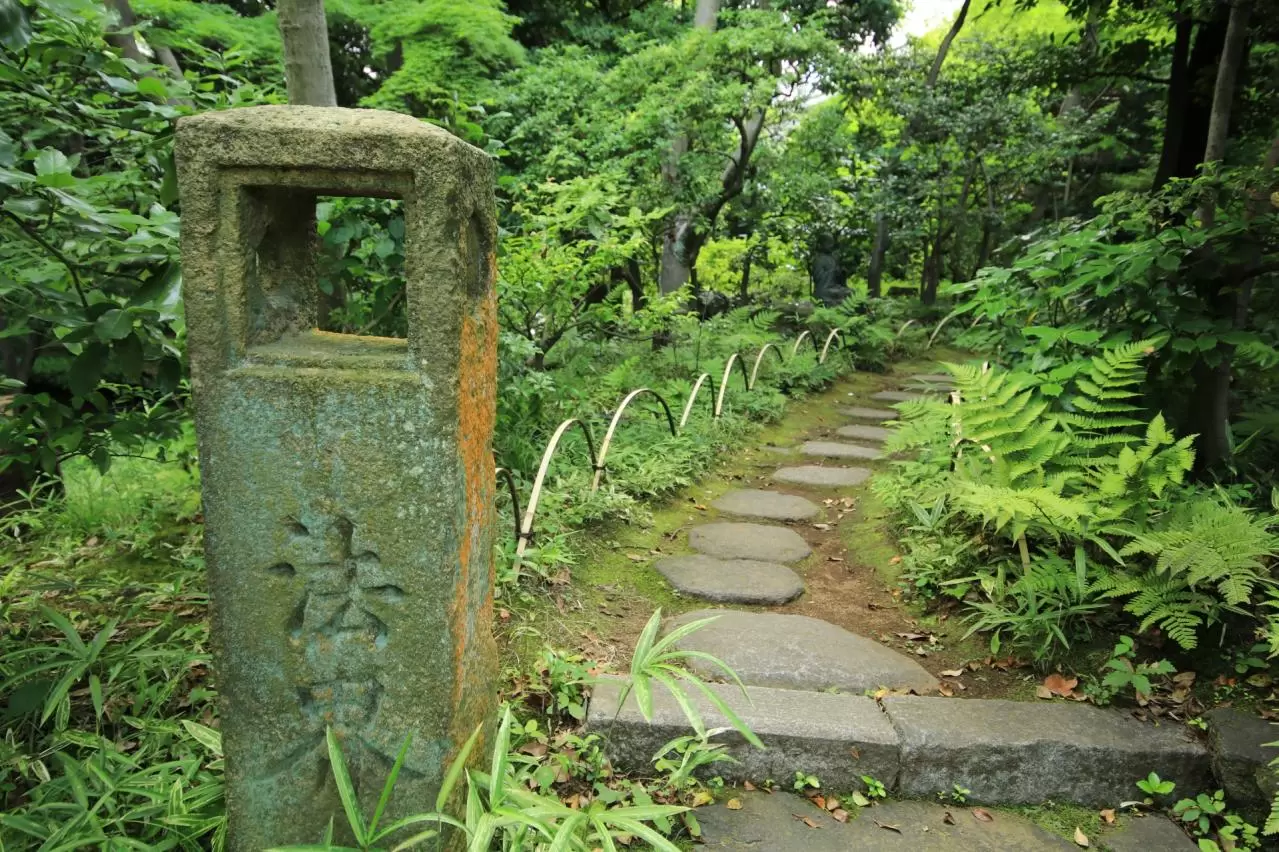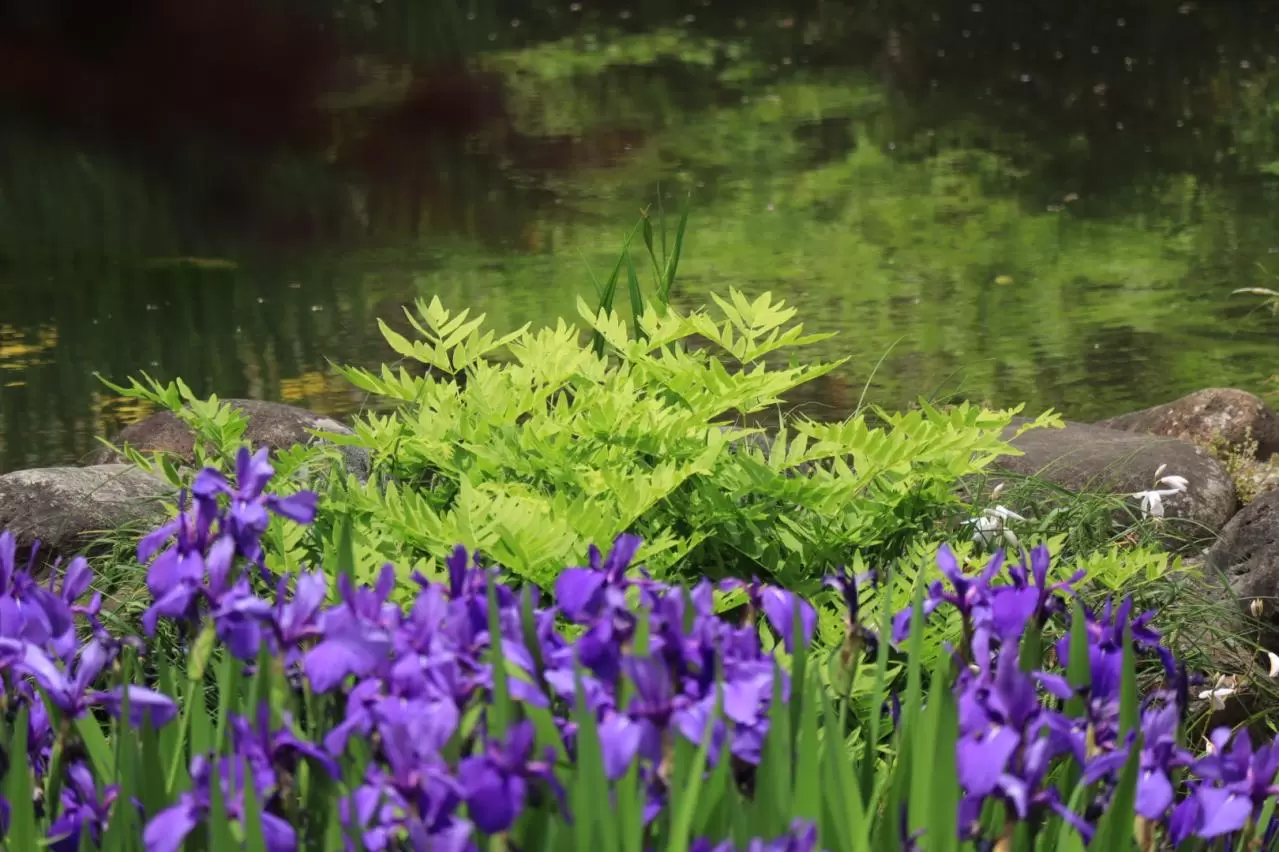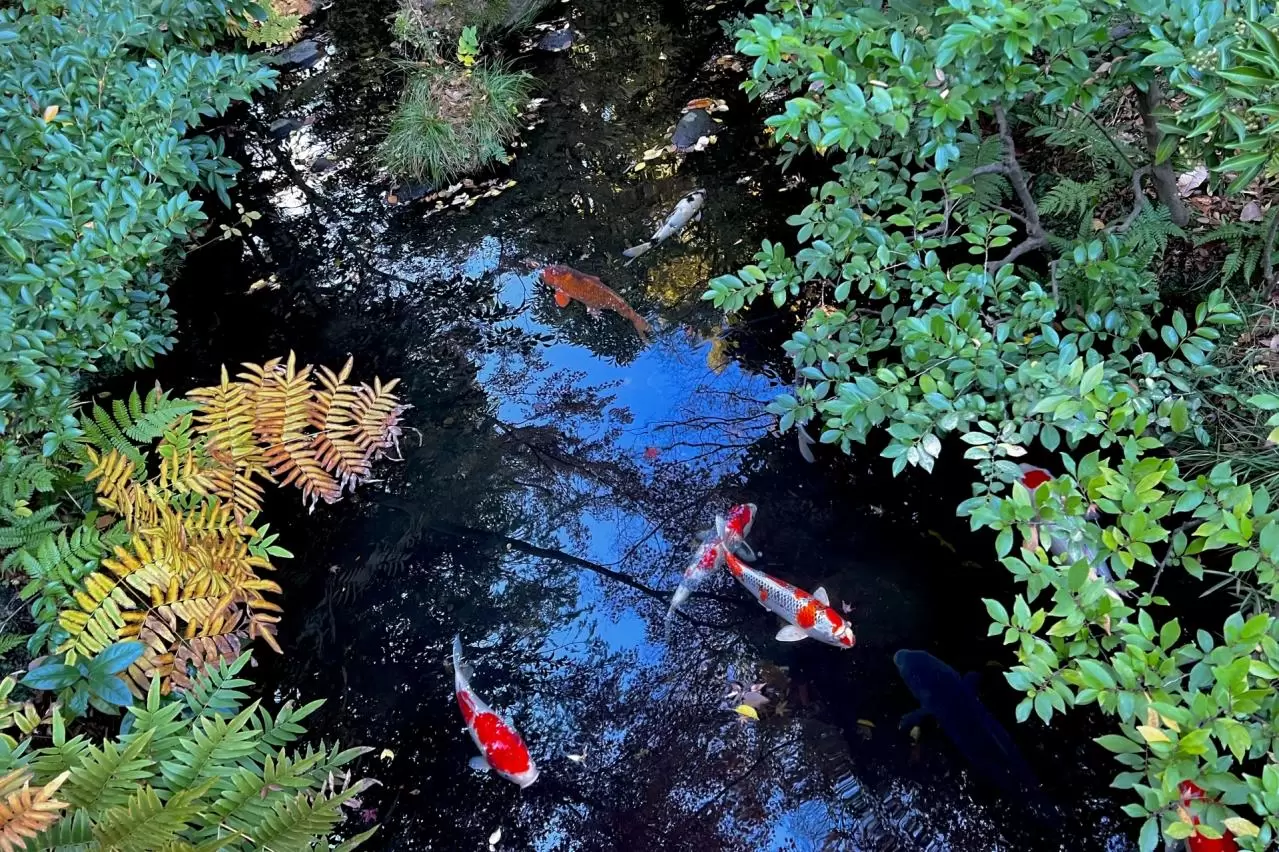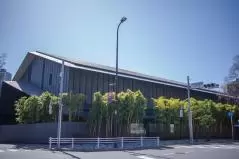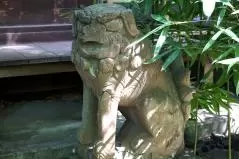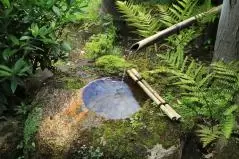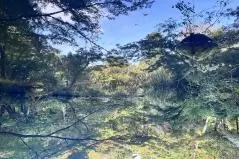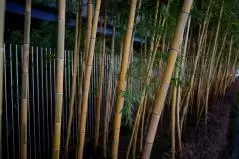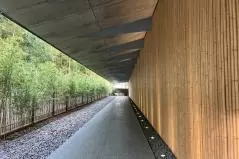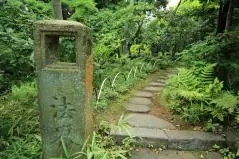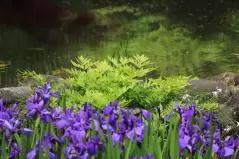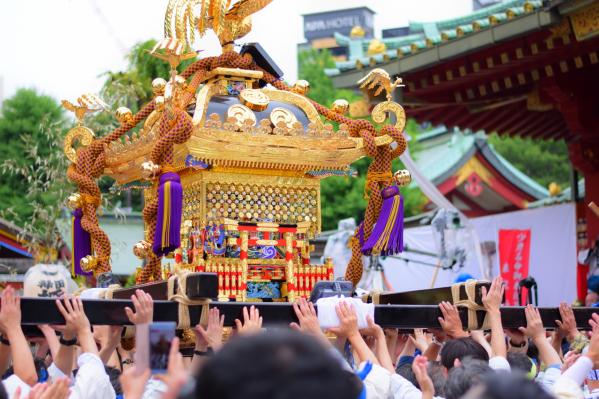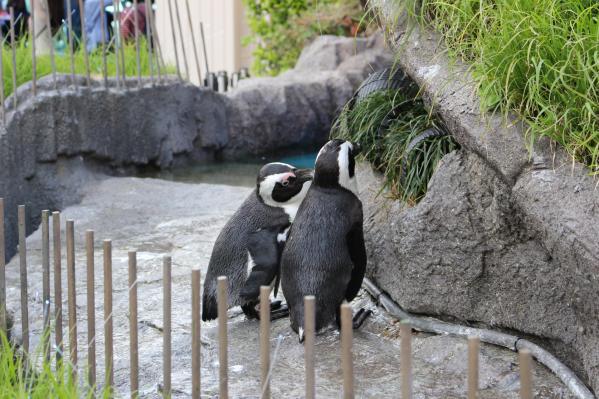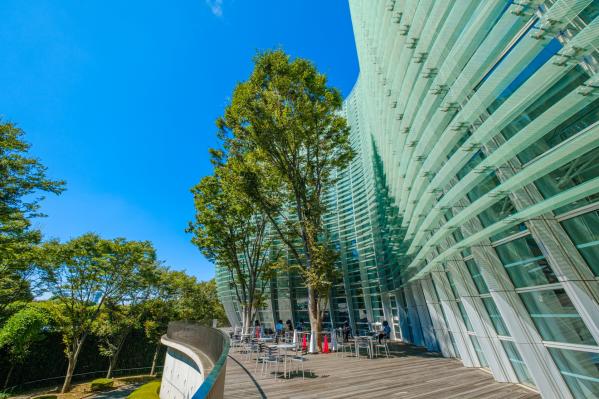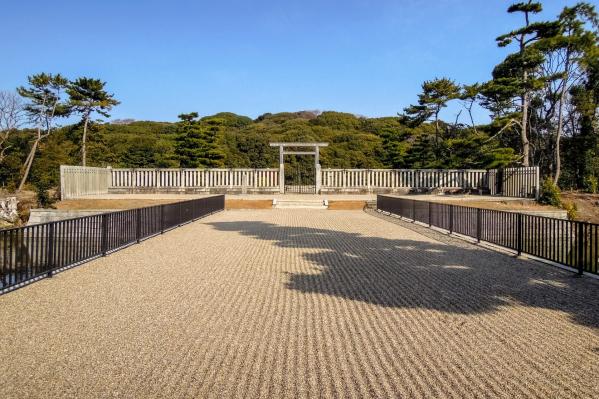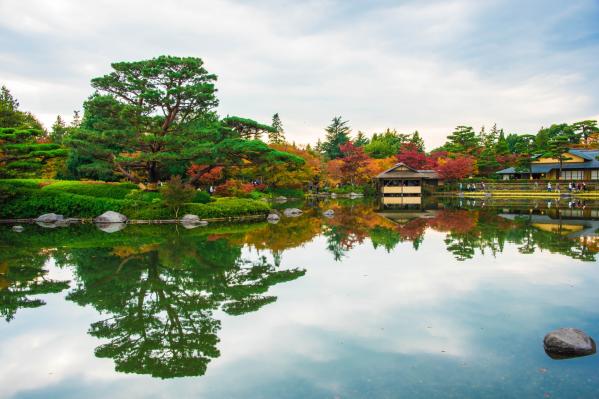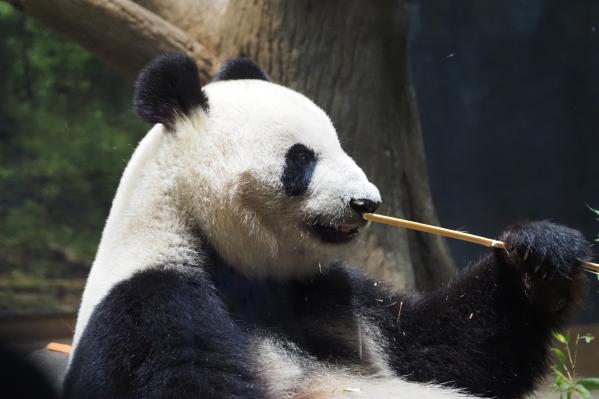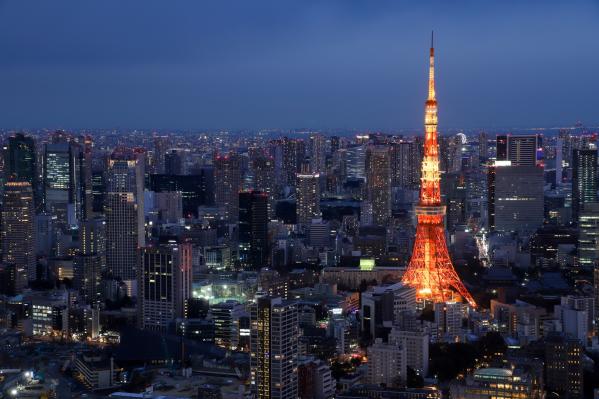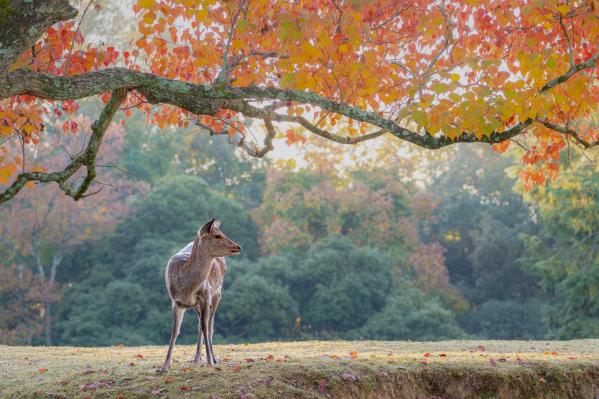Nedzu Museum
Basic Information
- Spot Name
- Nedzu Museum
- Location
- 〒107-0062 6-5-1 Minami-Aoyama, Minato-ku, Tokyo
- Access
- 8 minutes on foot from Omotesando Station A5 exit on Tokyo Metro Ginza Line, Hanzomon Line, and Chiyoda Line.
- Parking
- Parking available for 9 vehicles.
- Business Hours
- 10:00 AM to 4:30 PM (Last admission at 5:00 PM)
- Regular Holiday
- Monday, exhibition change periods, year-end and New Year holidays.
- Fees
- University students: 800 yen
High school students: 800 yen
Adults: 1100 yen - Contact Information
- Phone Number:03-3400-2536
- Official Website
Map
Detailed Information
The Nezu Museum was established in 1941 on the site of a private residence in Minami-Aoyama, Tokyo, to preserve and exhibit ancient Japanese and Eastern art collected by Kaichiro Nezu (1860-1940), the first president of Tobu Railway and a prominent businessman. Concerned about the outflow of art to overseas after the Meiji period, Kaichiro energetically collected a wide range of antiques, including paintings, calligraphy, sculptures, ceramics, lacquerware, textiles, and metalworks. In his later years, he took the pen name "Seizan" and actively focused on collecting tea utensils while enjoying the tea ceremony.
As of the end of March 2025, the museum's collection has surpassed 7,630 items, including seven national treasures, 93 important cultural properties, and 95 important artworks. While most of the collection was accumulated by the first Kaichiro, posthumously, it has been supplemented by purchased and donated items, making it a private museum with a remarkably broad and high-quality collection.
Although part of the museum was lost in wartime, it has since undergone restoration and expansions. In 2009, a new main building designed by architect Kengo Kuma was completed, combining modern elements with a sense of Japanese aesthetics. The museum features two stories above ground and one basement level, hosting a gallery for special exhibitions and six gallery spaces that accommodate diverse exhibits, including paintings, calligraphy, bronze vessels, and tea utensils. The exhibition environment is carefully designed considering the properties of the materials, using the latest lighting technology with LEDs and fiber optics to allow delicate artworks to be viewed under appropriate lighting conditions.
Throughout the year, approximately seven exhibitions are held, each introducing the collection with a different theme. The basement also houses an auditorium for lectures and workshops, emphasizing educational and cultural activities. In the museum shop, original goods inspired by the collection are available for purchase, enabling visitors to enjoy the museum’s charm in their daily lives.
Outside the main building, there is a Japanese garden spanning about 17,000 square meters, featuring four tea houses, where visitors can enjoy quiet walks in nature throughout the seasons. At the "NEZUCAFÉ" within the garden, guests can spend a peaceful time surrounded by greenery.
In 2009, a new logo was established featuring characters in clerical style from the Han Dynasty, along with designs inspired by the iris flower and bamboo for the letters "N" and "M." This logo won the German design award "Red Dot Design Award." It embodies the Nezu Museum's philosophy of respecting tradition while living in the present and connecting to the future.
Nedzu Museum Movies
Tokyo Tourist Attractions
View ListKanda Matsuri
The Kanda Matsuri is one of the three great festivals of Edo, held at Kanda Myojin Shrine, and is a grand celebration that conveys the traditions of Tokyo to the pre...
Sunshine Aquarium
Sunshine Aquarium is an aquarium located on the rooftop of a building in Ikebukuro, Tokyo, themed as a "sky oasis." The outdoor area, brimming with a resort-like atm...
The National Art Center, Tokyo
The National Art Center, Tokyo is located in Roppongi, known as the art hub of Japan's capital city, Tokyo. This museum opened in 2007, and its architectural design ...
Tokyo Solamachi
Tokyo Solamachi is a large commercial facility located at the base of Tokyo Skytree®, boasting over 300 shops. It features a variety of fashion items, miscellaneous ...
Meiji Shrine
Meiji Shrine is an important Shinto shrine located in Shibuya, Tokyo, dedicated to Emperor Meiji and Empress Shoken. Built in 1920, it boasts the highest number of v...
Ginza Mitsukoshi
Ginza Mitsukoshi is a long-established department store that opened in 1930 and is located at the Ginza 4-chome intersection. With a total of 15 floors, including 3 ...
Imperial Palace
The Imperial Palace, located in Chiyoda, Tokyo, features a vast area that includes the "Fukiage Palace," where the Emperor resides, as well as the palace itself and ...
Tokyo Dome City
Tokyo Dome City is an urban complex entertainment facility located in Bunkyo-ku, Tokyo, where people of all ages can enjoy themselves throughout the day. Admission i...

